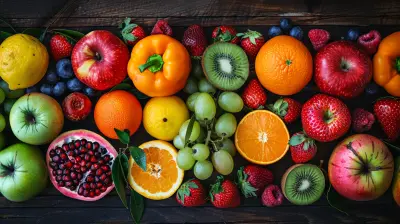Cooking Light with Flavor: The Best Seasoning Combos
11 July 2025
Let’s be honest for a second—when we hear the words “light cooking,” most of us instantly think of bland chicken breasts and steamed broccoli with zero pizzazz. But what if I told you that healthy cooking doesn’t have to taste like cardboard? Yep, you heard that right. Eating light should never mean sacrificing flavor.
Here’s the real secret weapon in the kitchen: seasoning combos. Not just salt and pepper (although they are MVPs in their own right), but clever pairings of herbs, spices, and natural flavor boosters that take your healthy meals from meh to magnificent.
In this article, we’re going to deep-dive into vibrant seasoning combinations that pack a flavorful punch without piling on the calories. So grab your apron, and let’s spice things up—literally!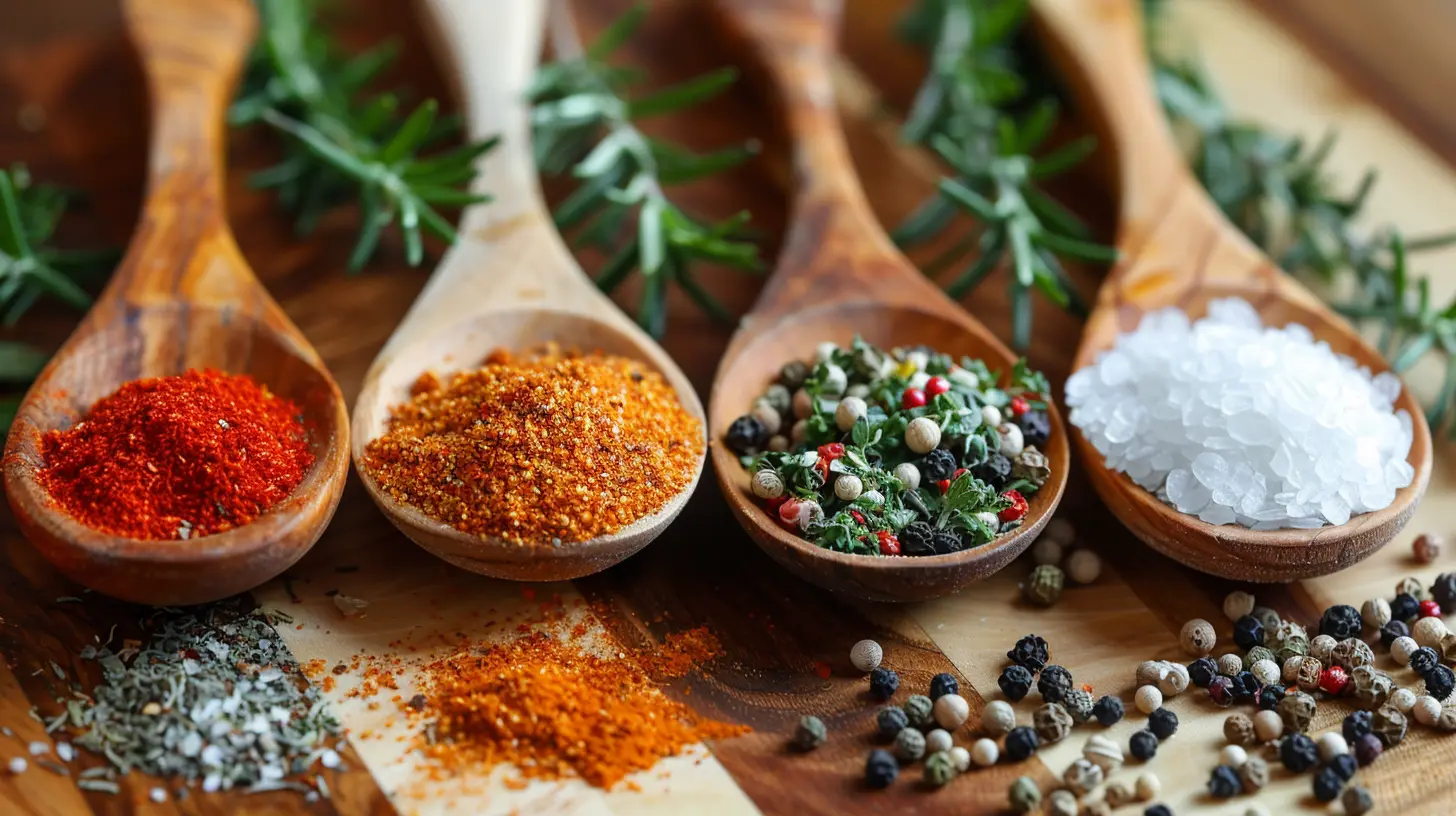
Why Seasoning Matters in Light Cooking
When you're cutting back on fats, sugars, and rich sauces, seasoning becomes the hero of the plate. It’s like music in a movie—subtle or intense, it sets the whole vibe. Without it, even the best ingredients can taste like they’re missing something.Seasonings:
- Enhance natural flavors
- Reduce the need for extra salt, sugar, or fat
- Add depth and variety without additional calories
- Make healthy eating something you’ll actually look forward to
In other words, seasoning isn't just optional—it’s essential.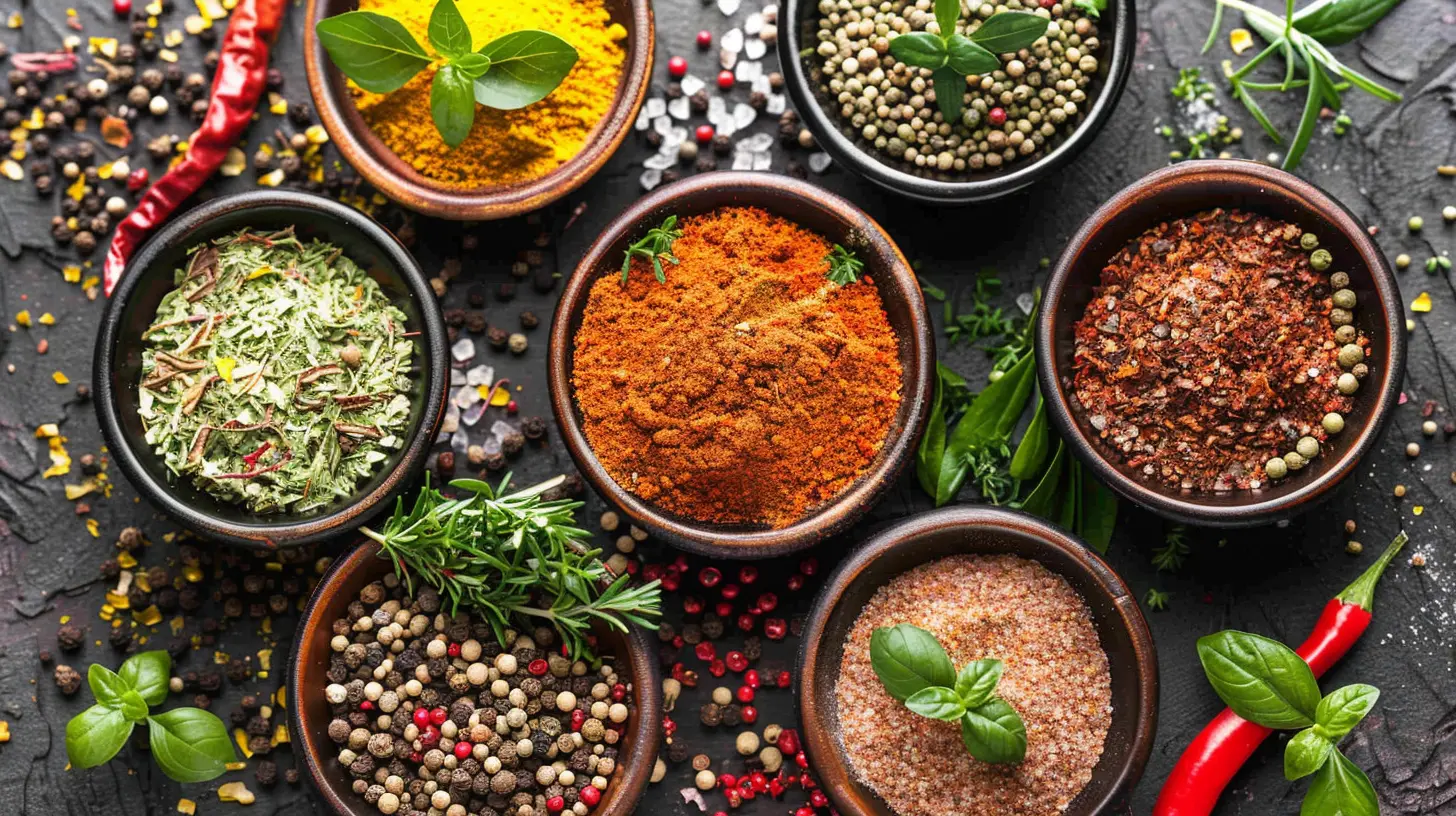
The Building Blocks: Types of Seasonings
Before we jump into the best combos, let’s do a quick overview of the major players in the seasoning game:- Herbs: Basil, thyme, rosemary, oregano, cilantro, parsley (fresh or dried)
- Spices: Paprika, cumin, turmeric, cinnamon, chili powder, coriander
- Salt Alternatives: Lemon juice, vinegars, tamari, low-sodium soy sauce, miso
- Aromatics: Onion, garlic, ginger, shallots
- Heat: Chili flakes, cayenne, black pepper, fresh peppers
Mix and match these, and you’ve got yourself a medley of mouthwatering possibilities.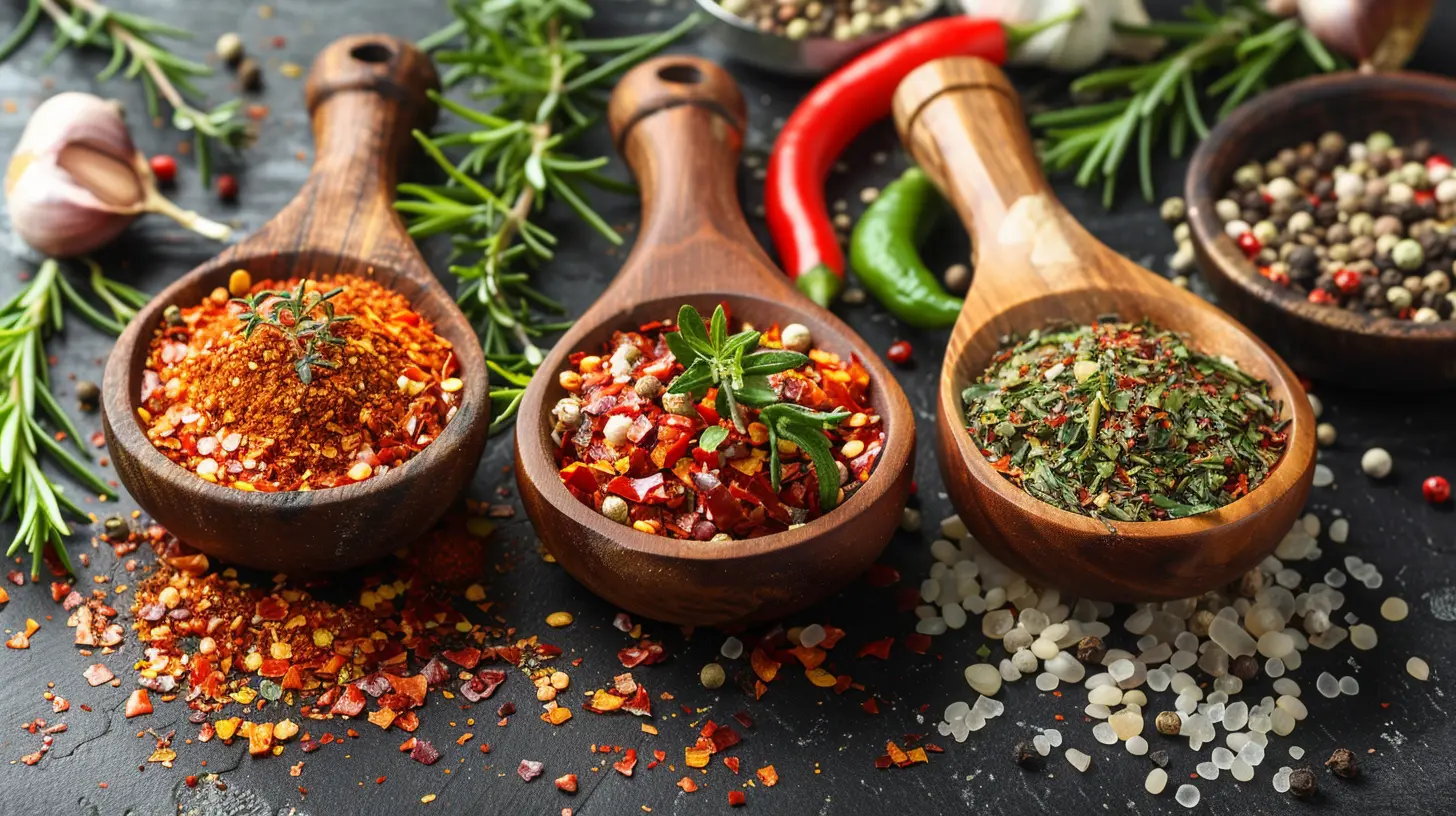
The Best Seasoning Combos for Tasty Light Meals
Not all flavor combos are created equal. Some are bright and zesty; others are smoky and warm. The key is to match the right combo with your dish for the biggest flavor payoff.Let’s break down some of the best flavor partnerships that give your meals a serious glow-up.
1. Lemon + Garlic + Rosemary
Perfect for: Chicken, fish, roasted vegetablesThis combo screams fresh. It’s like a burst of Mediterranean sunshine on your plate. Lemon brings the brightness, garlic adds depth, and rosemary lends an earthy aroma that rounds it all out.
💡 _Pro Tip_: Marinate chicken breasts with this trio and roast until golden. The smell alone will make your mouth water.
2. Cumin + Paprika + Lime
Perfect for: Grilled tofu, roasted chickpeas, sweet potatoesThis combo is smoky, slightly spicy, and tangy—a flavor bomb with just the right amount of kick. Think Mexican street food, but healthier.
💡 _Pro Tip_: Roast sweet potato cubes with cumin and paprika, then hit them with fresh lime juice out of the oven. Game-changer!
3. Turmeric + Black Pepper + Ginger
Perfect for: Stir-fries, soups, lentils, rice bowlsTurmeric is having its moment—and for good reason. It’s anti-inflammatory and adds a gorgeous golden hue. But turmeric really shines when paired with pepper and ginger. The pepper helps your body absorb curcumin (the active compound in turmeric), and ginger adds that sweet heat.
💡 _Pro Tip_: Simmer red lentils with this trio and a splash of coconut milk. Creamy, comforting, and crazy flavorful.
4. Basil + Oregano + Tomato
Perfect for: Zoodles, whole grain pasta, grilled eggplantA classic Italian combo that never goes out of style. This herbaceous mix turns simple veggies or grains into something that feels like a cozy trattoria meal.
💡 _Pro Tip_: Toss spiralized zucchini “zoodles” in crushed tomatoes, fresh garlic, and this herb mix for a light pasta alternative that still tastes rich.
5. Smoked Paprika + Garlic Powder + Thyme
Perfect for: Roasted cauliflower, baked fries, lean beefSmoked paprika is your secret weapon when you’re craving something indulgent. It gives veggies a savory, meaty depth without a drop of meat. Add garlic powder and thyme, and it’s like your taste buds are at a BBQ.
💡 _Pro Tip_: Toss cauliflower florets in olive oil and this seasoning combo, then roast until slightly crispy. You’ll never look at cauliflower the same way again.
6. Cilantro + Lime + Chili Flakes
Perfect for: Quinoa, grilled corn, black beansThis trio is a fiesta in your mouth. Cilantro’s bold freshness, lime’s zing, and a touch of chili heat make your dish sing. It’s the kind of combo that wakes up your palate.
💡 _Pro Tip_: Mix into cooked quinoa with diced veggies for a killer lunch bowl.
7. Cinnamon + Nutmeg + Vanilla
Perfect for: Oatmeal, yogurt, baked applesNow for something sweet. These warm, cozy spices make “light” desserts taste rich and satisfying. Cinnamon and nutmeg are comforting, while vanilla... well, who doesn’t love vanilla?
💡 _Pro Tip_: Sprinkle in your morning oats with a banana and almond milk for a healthy breakfast that feels like dessert.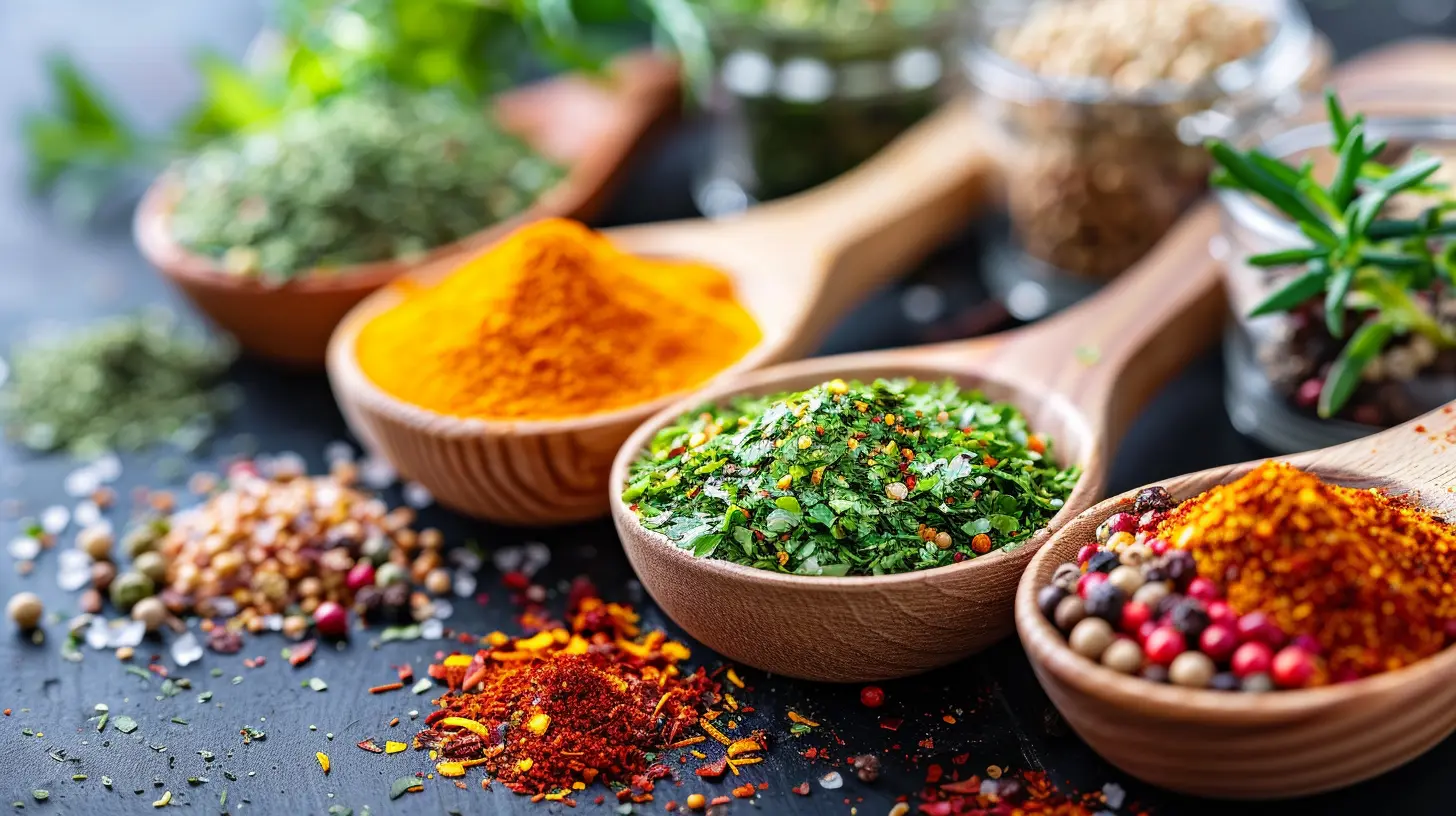
How to Build Your Own Seasoning Combos
Feeling adventurous? Once you’ve got the basics down, it’s fun to mix and match your own signature blends. Here’s a quick guide to creating the perfect seasoning combo:1. Choose a Base Flavor — Think garlic, onion, or cumin.
2. Add Complexity — Try thyme, basil, rosemary, or chili.
3. Introduce Contrast — Something bright or spicy like lemon zest or black pepper.
4. Balance It Out — Add a touch of sweetness, acid, or umami. (A dash of balsamic vinegar or tamari, maybe?)
5. Taste and Adjust — Start with small amounts; you can always add more.
It’s kind of like painting—you need that balance of light, dark, and accent colors to make the whole picture pop.
Season Lightly, Season Often
Here’s the thing most people miss: seasoning isn’t just a “one and done” step. It’s a process.You should:
- Season at different stages: early in cooking, mid-way, and finish with a final touch.
- Use fresh herbs at the end for the biggest aroma.
- Toast your spices briefly before adding to bring out the oils and deepen the flavor.
When you layer flavors like this, you get complexity—subtle highs and lows that keep your mouth interested.
Light Cooking Techniques That Let Flavors Shine
Pair your seasoning combos with smart, healthy cooking techniques that lock in flavor without loading on fat:- Roasting: Caramelizes veggies and intensifies flavors.
- Grilling: Adds smokiness and texture.
- Steaming: Keeps nutrients in, perfect for delicate herbs.
- Sautéing in a bit of olive oil: A little fat helps absorb fat-soluble vitamins and carries flavor.
Don’t forget... the real secret is not just what you cook, but how you season.
Pantry Staples for Flavorful Light Cooking
Stock your kitchen like a flavor pro. Here’s a basic pantry list to keep the creativity flowing:Dried Spices & Herbs:
- Paprika (smoked + sweet)- Cumin
- Turmeric
- Chili flakes
- Oregano
- Basil
Fresh Essentials:
- Garlic- Ginger
- Lemons/limes
- Fresh herbs like parsley, cilantro, and rosemary
Liquids with Kick:
- Low-sodium soy sauce or tamari- Vinegars (balsamic, apple cider, red wine)
- Hot sauces
- Mustard
With these on hand, you'll never feel stuck or uninspired in the kitchen.
Takeaway: Eating Light Should Never Be Boring
Healthy food doesn’t have to feel like a punishment. When you use the right seasoning combos, you turn simple, wholesome ingredients into something exciting, delicious, and deeply satisfying.So next time you’re staring down a plain piece of chicken or a bowl of rice, don’t sigh—season! Reach for that turmeric, chop up some basil, squeeze some lemon juice, and taste the transformation. It’s a small step that makes a big difference. Cooking light can be full of life, flavor, and joy.
Now go rock that spice rack like a culinary artist!
all images in this post were generated using AI tools
Category:
Healthy CookingAuthor:

Madeline Howard
Discussion
rate this article
2 comments
Dominic Wilkerson
This article beautifully highlights the art of seasoning, demonstrating how simple yet flavorful combinations can elevate healthy meals. I appreciate the creative suggestions and practical tips for making nutritious cooking both enjoyable and delicious! Thank you for sharing!
November 19, 2025 at 6:08 AM

Madeline Howard
Thank you for your kind words! I'm glad you found the seasoning suggestions helpful and inspiring for healthy cooking!
Rebecca McKinstry
This article brilliantly highlights how to enhance healthy meals with flavorful seasoning combinations. It’s a great reminder that cooking light doesn’t mean sacrificing taste! I can’t wait to experiment with these ideas in my kitchen. Flavorful, nutritious meals are now within reach!
July 23, 2025 at 2:25 AM

Madeline Howard
Thank you! I'm thrilled you found the article helpful and inspiring. Enjoy experimenting with those seasoning combos in your kitchen!

